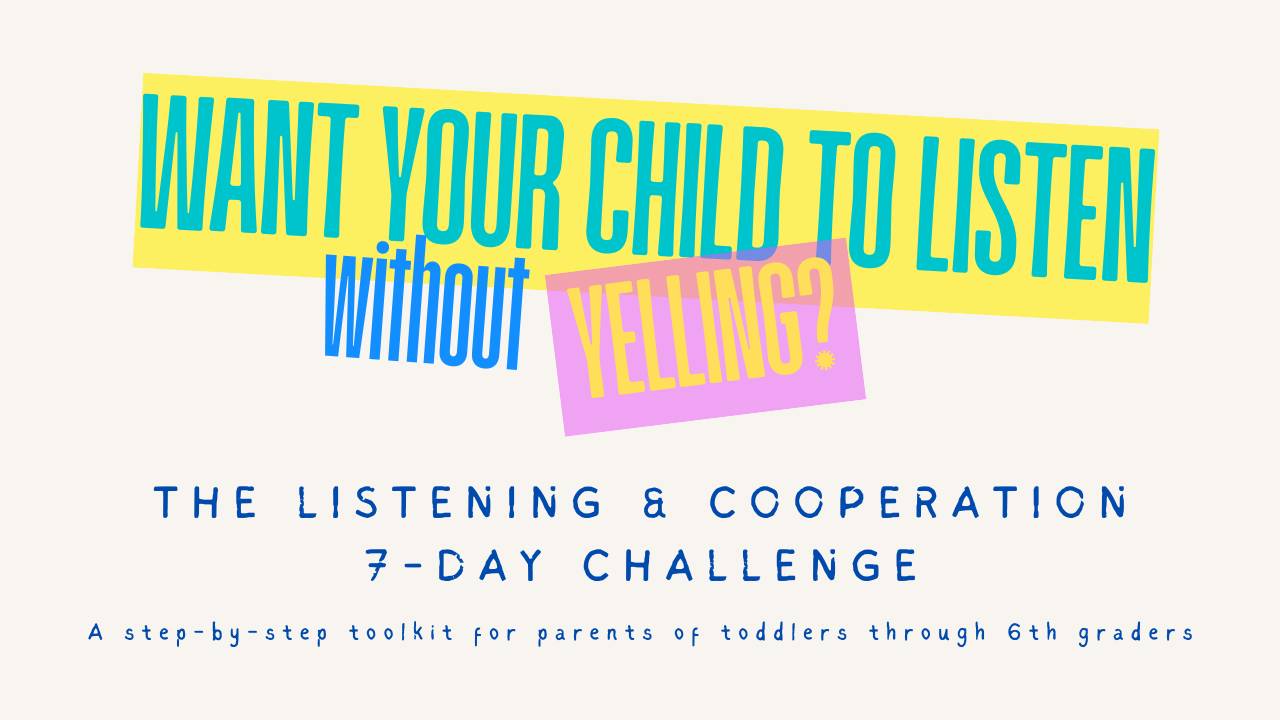Empowering Play: The Significance of Educational Toys for Children with Autism
Nov 13, 2023
For children with autism, the right toys can be powerful tools for learning, fostering independence, and teaching vital communication and imitation skills. In this blog post, we will explore the big 3-3-3. Three benefits of educational toys, 3 ways to identify the right toys for your child, and provide 3 toy recommendations.
The Importance of Educational Toys:
Educational toys offer more than just entertainment. They serve as catalysts for growth and development, providing a multitude of benefits:
1. Learning Through Play:
Educational toys are designed to be both engaging and instructive. They create opportunities for children to explore, experiment, and problem-solve. When play is both fun and educational, children are motivated to engage with the toys, facilitating the development of new skills.
2. Fostering Independence:
Promoting independence is a key goal for parents of children with autism. Educational toys can encourage independent thinking, decision-making, and problem-solving. As children learn to manipulate and control these toys, they develop a sense of autonomy and self-confidence.
3. Teaching Communication and Imitation Skills:
Many educational toys are designed specifically to support language development and encourage imitation. These are crucial skills for children with autism. Toys that facilitate these abilities can help children express themselves and interact with others more effectively.
Three Ways to Identify These Types of Toys:
1. Multi-Sensory Engagement:
Look for toys that engage multiple senses. Toys with different textures, colors, and sounds can captivate a child's attention and provide valuable sensory input. Sensory stimulation can be particularly enjoyable and helpful for children with autism, as it can promote sensory integration and self-regulation.
2. Promote Communication and Interaction:
Seek out toys that encourage communication and interaction. These toys often require verbal or non-verbal communication to operate. For instance, toys with buttons that trigger sounds or phrases can motivate children to communicate. Interactive games that involve taking turns or engaging with family members can enhance social and communication skills.
3. Offer Opportunities for Imitation:
Toys that prompt imitation are essential for skill development. Children with autism frequently learn by observing and copying. Look for toys that require imitation of actions, sounds, or sequences. These toys can help children enhance their ability to mimic and learn a variety of behaviors.
Three Specific Toys for Children with Autism:
1. Lego Duplo Sets:
- Multi-Sensory: Lego Duplo sets feature colorful and tactile building blocks that engage a child's visual and tactile senses.
- Promote Communication: Building together with a caregiver or peers encourages communication and collaboration.
- Offer Imitation Opportunities: Children can observe others' actions and learn to replicate them while constructing various structures.
- Multi-Sensory: These sets often feature realistic-looking food and kitchen tools, providing tactile and visual stimulation.
- Promote Communication: Pretend play encourages imaginative dialogues and language development as children engage in cooking and serving food to family and friends.
- Offer Imitation Opportunities: Children can imitate everyday kitchen actions and interactions, helping them learn and practice life skills.
3. Melissa & Doug Wooden Puzzles:
-
Multi-Sensory Engagement: Melissa & Doug offers a wide range of wooden puzzles with different textures, shapes, and vibrant colors. These puzzles encourage tactile exploration and visual stimulation. Children can feel the smooth wooden pieces and the raised textures of the puzzle pictures, making it a multi-sensory experience.
-
Promote Communication: Completing puzzles often involves identifying and naming the objects or animals in the pictures. This can stimulate language development as children learn to associate words with images. Parents or caregivers can engage in conversation with the child about the puzzle, further promoting communication.
-
Offer Imitation Opportunities: Completing puzzles often involves copying and matching shapes, teaching children about spatial relationships and problem-solving. As they watch adults or peers complete puzzles, they learn to mimic the actions needed to fit the pieces together, fostering imitation skills.
As a parent, choosing toys that engage multiple senses, promote communication and interaction, and provide opportunities for imitation can significantly benefit your child's development. These toys are not only enjoyable but also instrumental in providing enriching learning experiences.
Need ideas to help aid in teaching your child through play? Look no further than The Behavior Place Faves At Every Stage Toy List!
UNLOCK YOUR FREE TOOLKIT NOW: ENHANCE YOUR CHILD'S PLAY & LANGUAGE SKILLS TODAY!
Simply enter your email address to get instant access.


